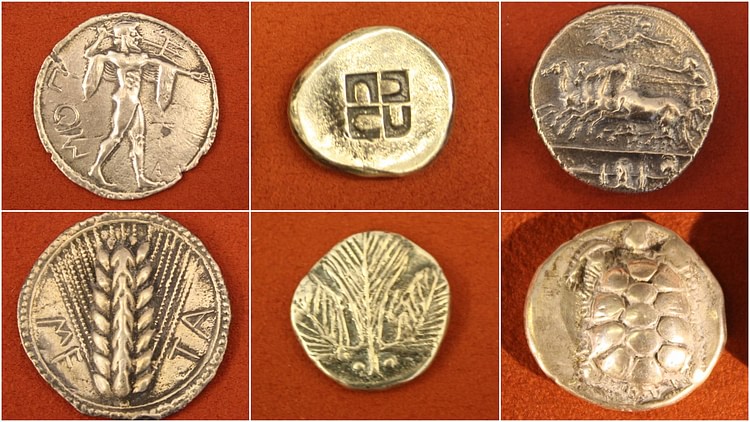Reference




OpenAI's Answer
The decline in weight standards of ancient Greek coinage over time was primarily driven by a few key factors:
-
Profit Motives: Mints often sought to profit by producing coins that were slightly lighter than their nominal weight. By reducing the amount of precious metal in each coin while maintaining the face value, mints could produce more coins for the same amount of metal (source).
-
Economic Pressures: Financial crises or military expenditures might pressure states to debase their coinage. For example, during times of economic strain, states would reduce the precious metal content in their coinage to produce more money quickly to cover expenses.
-
Coin Wear and Tear: Over time, coins naturally lose weight due to wear and handling. This physical degradation contributed to the decreasing average weight of circulating coinage.
-
Uniformity and Mass Production: In larger and wealthier kingdoms where coinage was mass-produced, maintaining strict weight standards became challenging. The scale of production and the need for rapid dissemination meant that slight inconsistencies would arise (source).
These factors collectively contributed to the gradual decline in the weight standards of ancient Greek coinage over time.
Follow Up
Related
How do the ancient texts explain the concept of the soul?
How did the Rhodian tetradrachm's weight change between 316-305 BC and 230-205 BC?
What are the main differences between the Attic standard and Aeginetan standard?
How does modern interpretation of Heraclitus differ from ancient views?
What role does Plutarch play in the context of ancient philosophy?